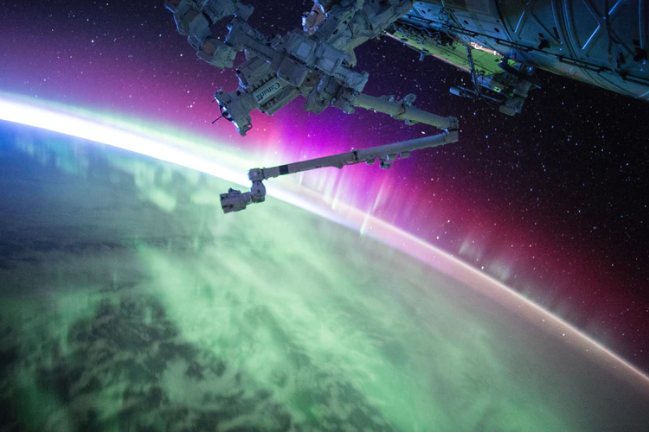The National Aeronautics and Space Administration (NASA) recently announced that a large asteroid will pass by Earth at the end of April. The space rock, called 1998 OR2, is one of the biggest recorded asteroids and will be in close proximity to Earth on April 29. It's said to be a "potentially hazardous" asteroid, but not to worry. NASA said we're safe from any collision.
Huge space rock will pass by on Earth before April ends; Do we need to worry?

On Mar. 4, NASA Asteroid Watch announced that an asteroid will safely pass by Earth on April 29 at 5:56 A.M. EDT or 09:56 UTC. Space.com reported earlier that the 1998 OR2 is one of the most "potentially hazardous" asteroids we've ever seen, and is probably the biggest asteroid to ever pass by the planet.
On April 29. asteroid 1998 OR2 will safely pass Earth by 3.9 million miles/6.2 million km. A @Daily_Express article implying there is a "warning" about this asteroid is false. A complete listing of all asteroid passes is always public at https://t.co/i6i8HwCDJq. Carry on! — NASA Asteroid Watch (@AsteroidWatch) March 4, 2020
It is at least a mile wide (1.8 km) and is as huge as 4.1 km, based on EarthSky. NASA Asteroid Watch reiterated that although the asteroid poses a potential hazardous threat to Earth, it will not have any direct impact with or on the planet.
1998 OR2 is still too far away from the Earth when April 29 comes -- a distance more than 16 times the average distance between the Earth and the moon. So there will be no chances that it will collide with us.
"The orbit is well understood, and it will pass harmlessly at 16 times the distance to our moon," NASA wrote on Twitter. "No one should have any concern about it."
There's no harm once asteroid is termed as 'potentially hazardous'
A lot of "potentially hazardous" asteroids have been reported in the past --1998 OR2 is just one of them. Most of these had no chance of colliding with the planet.
EarthSky explained that there's nothing to worry about 1998 OR2 -- since this asteroid was already discovered 200 years ago. Once it passes by, astronomers at the Arecibo Observatory in Puerto Rico will use this opportunity to find out more about the space rock. If you want to particiapte with the researchers, you can do so using your telescope and observe it from your own home.
How to watch this asteroid pass by Earth?

Now that it is clear that no damage is expected with 1998 OR2, you can still have fun by tracking its course in the sky.
Viewing it without any scientific instruments, however, will be difficult. If you have a simple hobby telescope at home, that will certainly do. Make sure to track the time of its closest approach to see it through your lense.
However, if you do not have any access to any telescopes at home, the Virtual Telescope Project in Rome will host a free public viewing of the asteroid on April 28 beginning at 2 PM EDT (1800 GMT).
ALSO READ: First Supermoon in April 2020: See The Biggest and Brightest Pink Full Moon Happening on Apr. 7!
ⓒ 2025 TECHTIMES.com All rights reserved. Do not reproduce without permission.




